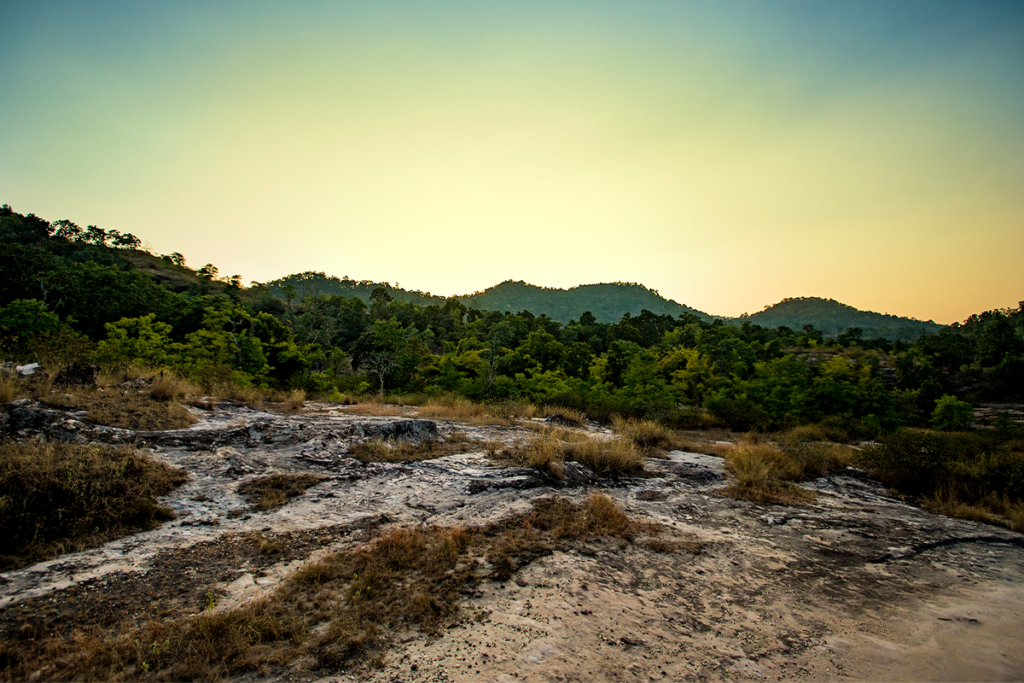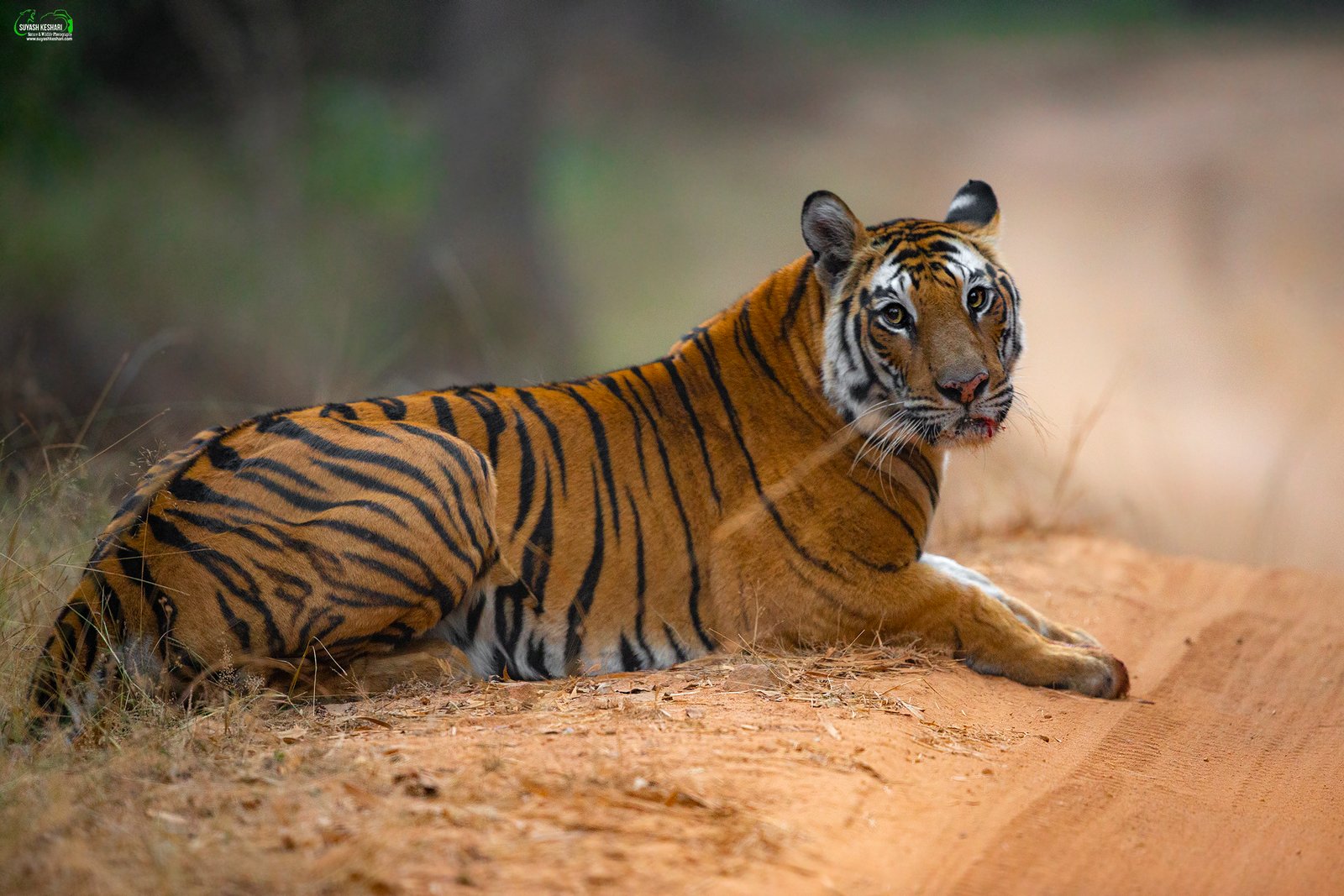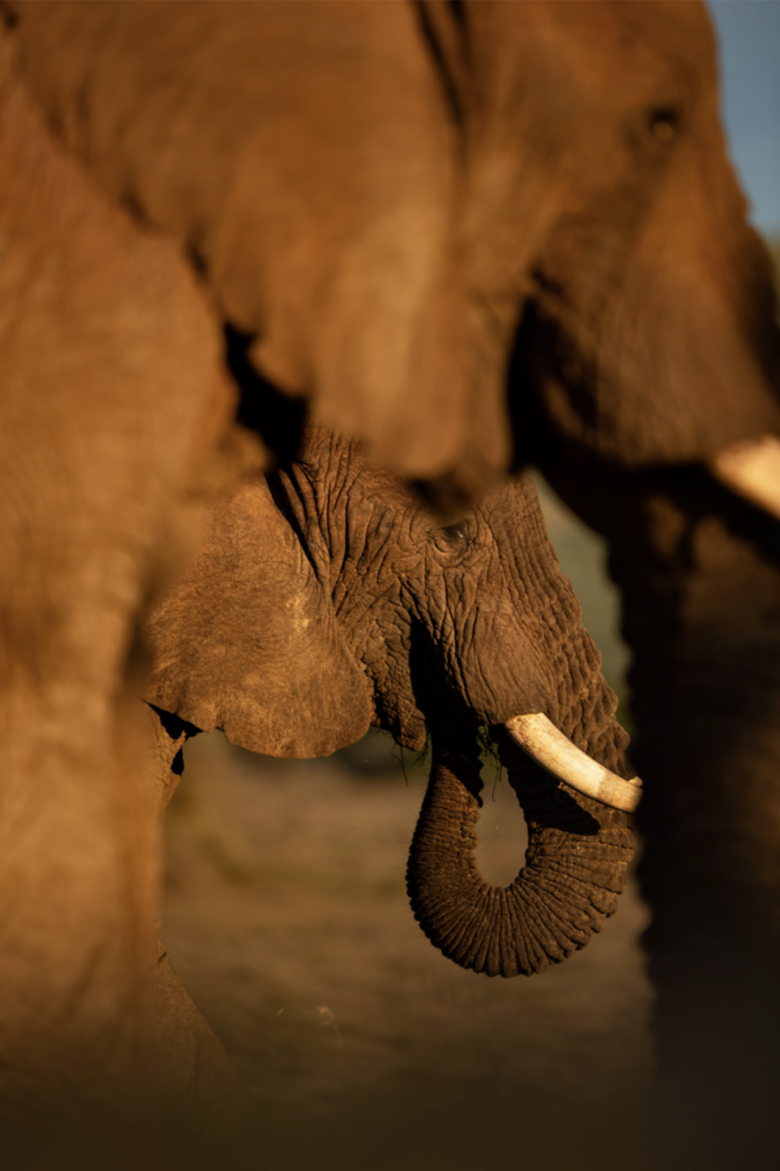At Ameliya Safaris, we believe that wildlife conservation is more than just a responsibility—it’s a testament to nature’s resilience when given the right support. One such inspiring story comes from Panna National Park in Madhya Pradesh, where authorities have revived a nearly extinct tiger population. From a shocking count of zero tigers in 2009 to a thriving population of over 75 today, Panna’s comeback is nothing short of remarkable.
A Grim Beginning

Established as a tiger reserve in 1994, Panna National Park faced a devastating crisis by 2008 when it was officially declared tiger-less. Poaching and human-wildlife conflicts had taken a toll, and the forest’s most iconic inhabitants had vanished. Yet, the story didn’t end there. With a renewed vision, a team of dedicated forest officials and conservationists began a bold tiger reintroduction program in 2009, determined to bring Panna’s tigers back.
The Reintroduction Program: A Complex Process

Reintroducing tigers into the wild is a painstaking task, and Panna’s journey was no exception. Initially, two female tigers were brought in from nearby reserves, but before they could be released, the last remaining male tiger disappeared. The odds were stacked against success, but the forest department wasn’t ready to give up.



With renewed efforts, officials successfully introduced male and female tigers from different reserves. These tigers faced challenges in adapting to their new environment, including straying off into unfamiliar areas. But thanks to persistent efforts, monitoring, and even innovative methods like using pheromones to track elusive tigers, the program began to see its first successes.
By 2010, the reintroduced tigers gave birth to their first cubs, marking a major milestone in Panna’s revival.

Empowering Local Communities
Tiger conservation in Panna wasn’t just about relocating tigers. It involved a close partnership with the local Pardhi community, who had traditionally relied on hunting for survival. Through sustained outreach and education, the community was encouraged to move away from hunting and engage in alternative livelihoods. Non-profits worked with the Pardhis, providing training in areas like eco-tourism, guiding, and handicrafts. Today, they play a key role in promoting wildlife tourism, sharing their knowledge of the forest with visitors through guided nature walks.
A Bright Future for Panna’s Tigers

In the span of a decade, Panna’s tiger population has risen to over 75, making it a global success story in tiger conservation. This extraordinary comeback is a testament to the dedication of forest officials, the support of local communities, and the power of sustainable conservation practices.
As we celebrate this achievement, it serves as a powerful reminder that when people and wildlife work together, even the most dire situations can be turned around. Panna National Park now stands as a symbol of hope for tigers worldwide, and we at Ameliya Safaris invite you to experience this incredible story firsthand.
The next time you visit Panna, you may just spot one of its majestic residents—living proof that conservation works.



